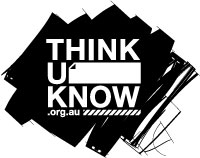Safety at School
BullyingWhat is Bullying?
It may seem obvious what bullying is, but there is a difference between students ‘not getting on’ and bullying each other. Learning how to resolve conflict and negotiate with people who have different personalities and opinions are important life skills that parents and schools need to help students develop.
Bullying is repeated verbal, physical, social or psychological behaviour that is harmful and involves the misuse of power by an individual or group towards one or more persons. Cyberbullying refers to bullying through information and communication technologies.
Bullying can involve humiliation, domination, intimidation, victimisation and all forms of harassment including that based on sex, race, disability, homosexuality or transgender. Bullying of any form or for any reason can have long term effects on those involved including bystanders.
Bullying can come in many forms for example:
- Being hit, tripped, kicked, pinched etc.
- Being called names, teased, put down etc.
- Being threatened, stalked, gestures etc.
- Being ignored, having rumours spread about you, excluding someone etc.
- Insulting someone in chat rooms, sending cruel or threatening emails/text messages; using the web, chat rooms or mobile phones to spread rumours or threaten someone or information about someone etc.
All forms of bullying between students are taken seriously by NSW public schools. However, any school situation that is causing your child concern, whether or not it fits the definition of bullying, should be reported to the school. Although the term “bullying” has a specific meaning and a school’s Anti-bullying Plan sets out the processes for preventing and responding to student bullying, schools also have a range of policies and practices, including welfare and discipline policies that apply to student behaviour generally.




